Biosphere Sciences & Engineering History
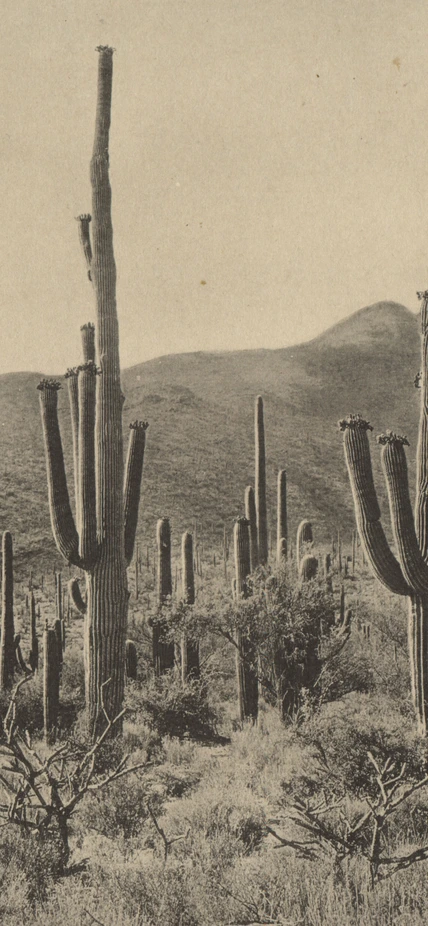
Although Biosphere Sciences and Engineering is Carnegie's newest research division, we are built on an incredible foundation of scientific excellence. Carnegie researchers have played a foundational role in establishing new fields and advancing our knowledge of the natural world on a scale that spans from the molecular to the global and encompasses everything in between.
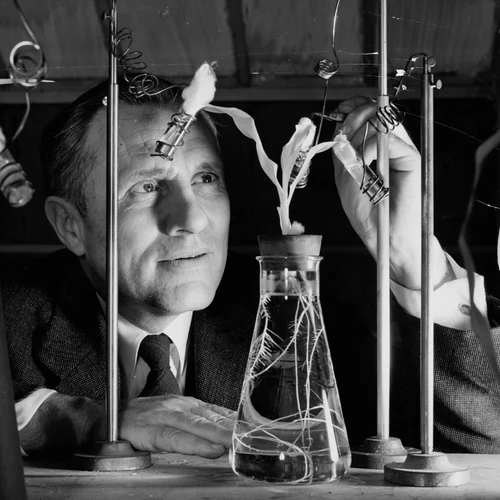
Plant Biology
Carnegie's rich legacy of plant research started with the Desert Botanical Laboratory on Tumamoc Hill, which was founded in 1903, and has extended from that original mission of probing plants survival in arid conditions to detailing the photosynthetic process, revealing plant's light responses, and determining plant hormone communications cascades. Our determined investigators continue to advance knowledge frontiers in plant science, which they believe will be crucial to feeding a burgeoning population in a warming world.
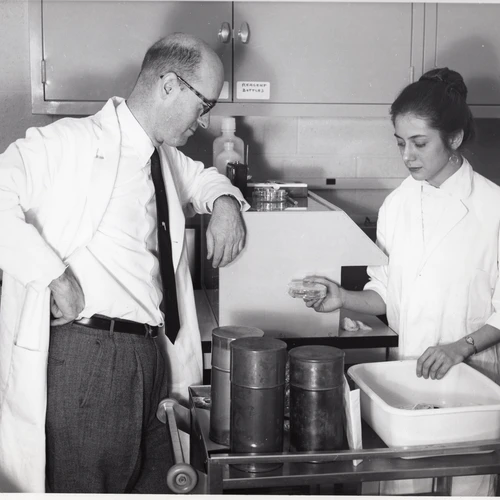
Developmental Biology
Carnegie biologists played a foundational role in understanding the stages of embryonic development, as well as the underpinnings of heredity. As the field of molecular biology came into its own, our researchers were at the forefront. Today, our scientists seek to understand not just how genes and proteins are linked, and how this information can inform disease treatments, but also the cellular processes underpinning interactions between species within a community.
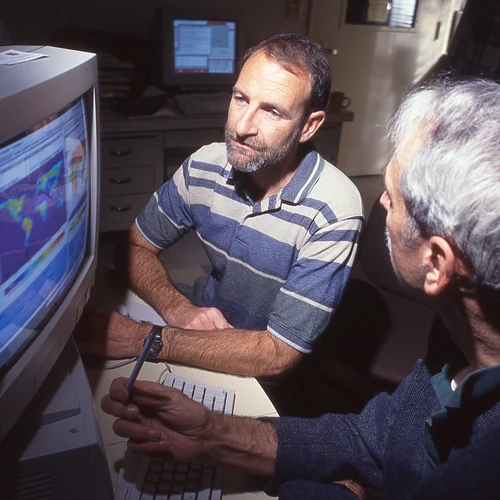
Ecology
The fields of plant physiology, ecology, and arid land studiesof ecology came into being at Carnegie's Desert Botanical Laboratory on Tumamoc Hill. Later, Carnegie's home for plant research moved from Arizona to California. As these investigators transitioned toward an increasingly global approach to understanding the photosynthetic process and its interactions with the atmosphere, Carnegie founded the field of global ecology. Today, our ecologists probe Earth's dynamic system's and cycles with a goal of informing sustainability.
Timeline
Timeline
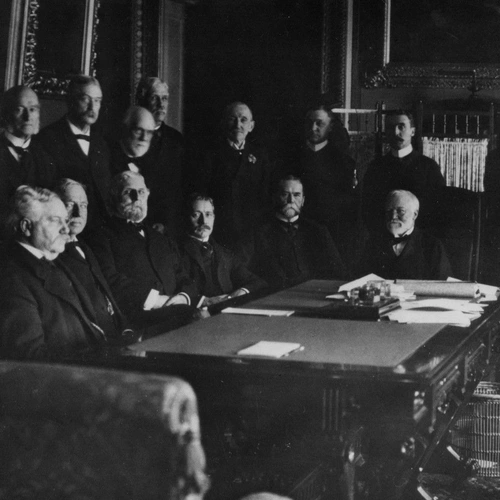
Andrew Carnegie establishes the Carnegie Institution for Science, then called the Carnegie Institution of Washington, with a $10 million gift.
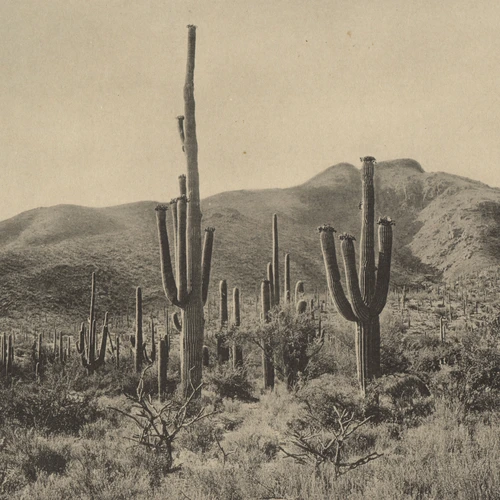
The Desert Lab, dedicated to the study of desert ecosystems, is established outside Tucson, Arizona.
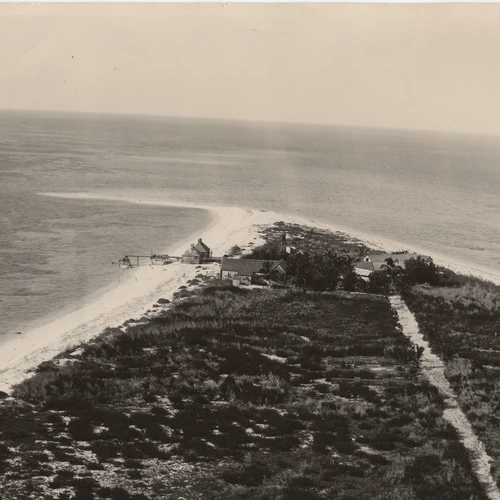
Carnegie establishes a tropical marine biology laboratory at Dry Tortugas Island where researchers conducted experimental work in ecology, regeneration, and growth, and in-depth investigations of coral reefs.
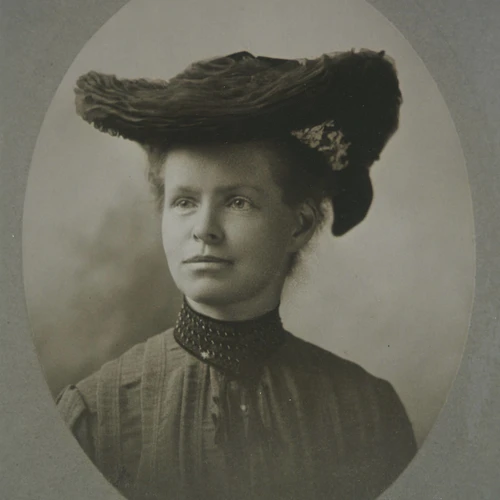
Nettie Stevens' revolutionary report provides evidence that the X and Y chromosomes are associated with sex determination.
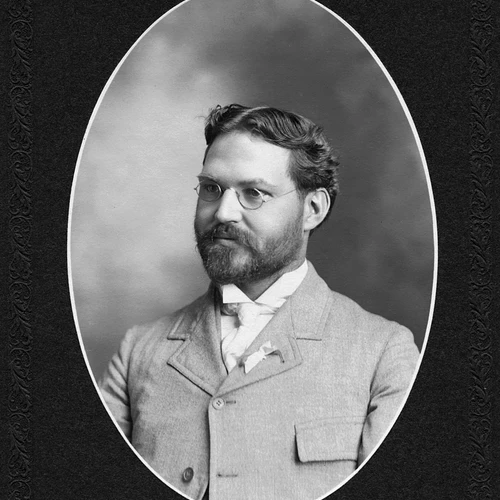
George Shull's research establishes the principles that underpin the creation of hybrid corn.
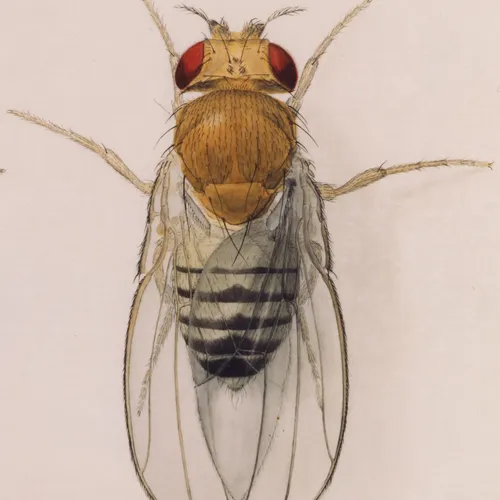
Genetics pioneer Thomas Hunt Morgan discovers a mutation that leads to the chromosomal theory of hereditary. He went on to win the Nobel Prize in Physiology or Medicine in 1933.
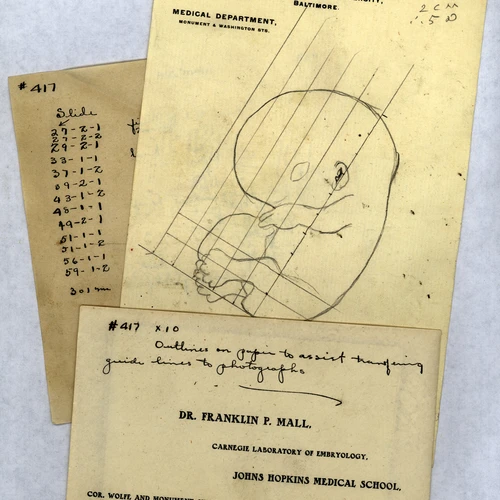
The Department of Embryology is founded to manage and study an embryo collection that became the largest in the world. Scientists used the collection to develop a fundamental description of human development and conduct path breaking experimental studies.

Herman Spoehr publishes the landmark book, Photosynthesis.
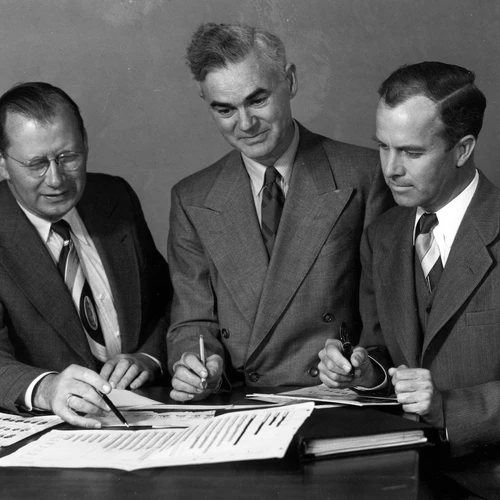
The founding fathers of modern plant population genetics Jens Clausen, David Keck, and William Hiesey initiate their classic transplant and hybridization research at Carnegie's alpine stations.
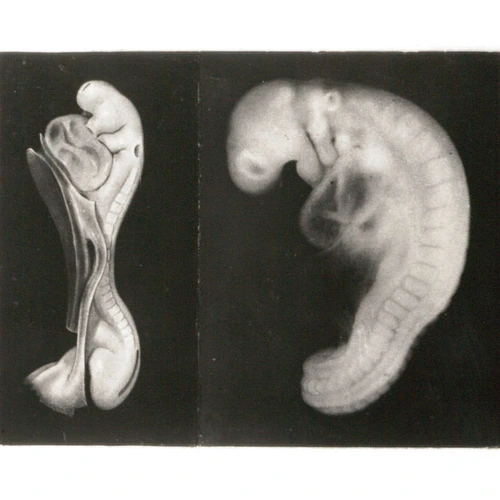
Developmental Horizons in Human Embryos is published, solidifying the Carnegie Stages, which provide a unified developmental chronology of the vertebrate embryo.
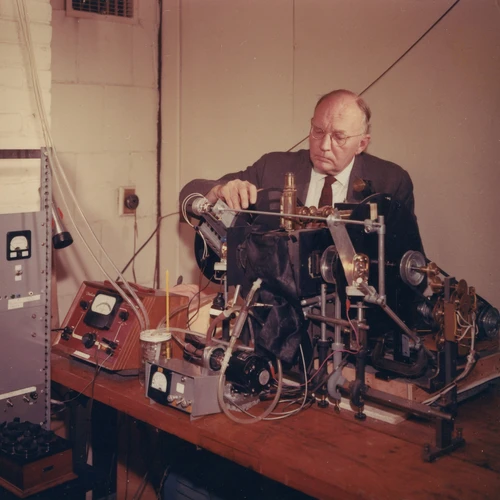
C. Stacy French invents the "French Pressure cell," used to study cellular structure and processes in plants.
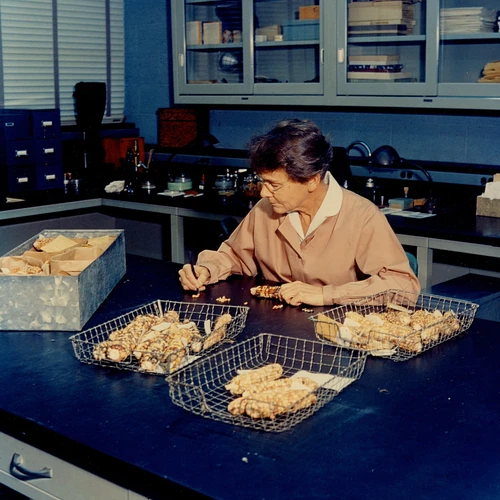
Barbara McClintock discovers transposons or "jumping genes."
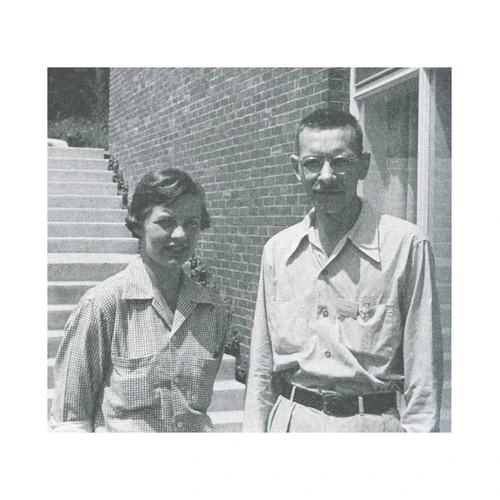
Alfred Hershey and Martha Chase prove that DNA, not protein, carries genetic material.
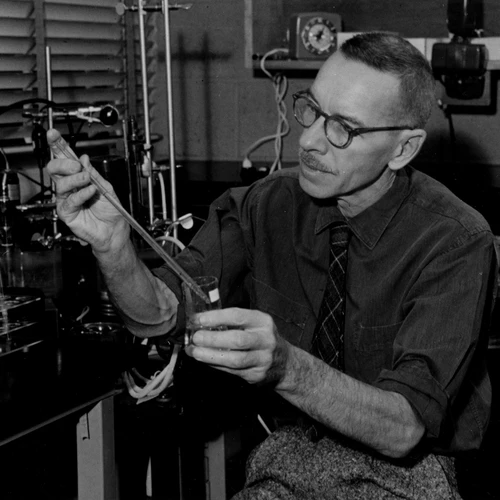
Alfred Hershey shares the Nobel Prize in Physiology or Medicine for his work in genetics.
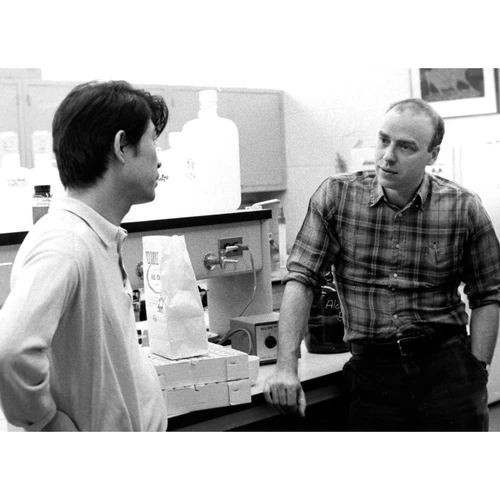
Future Nobel prize winner, Tasuku Honjo, begins a postdoctoral fellowship in the Brown Lab at Carnegie.
Watch Dr. Honjo's talk at the Department of Embryology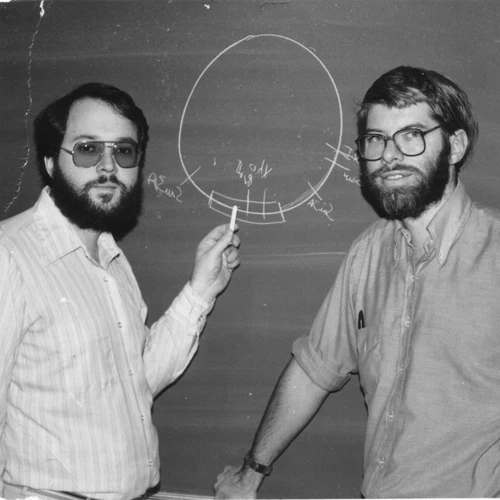
Allan Spradling and Gerald Rubin discover a new method of gene transfer, showing that an external gene could be successfully inserted and expressed in a fruit fly’s germ cells using P-elements.
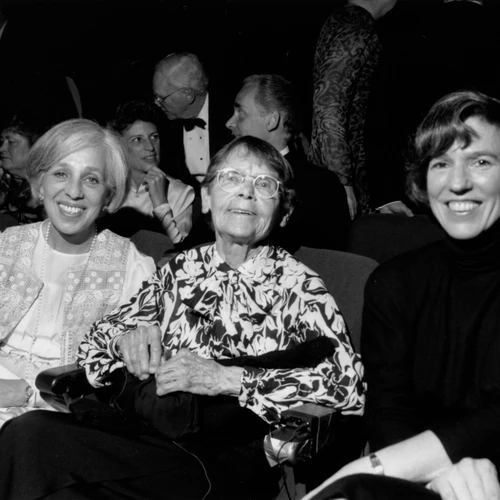
Barbara McClintock receives the Nobel Prize in Physiology or Medicine for her discoveries in genetics.
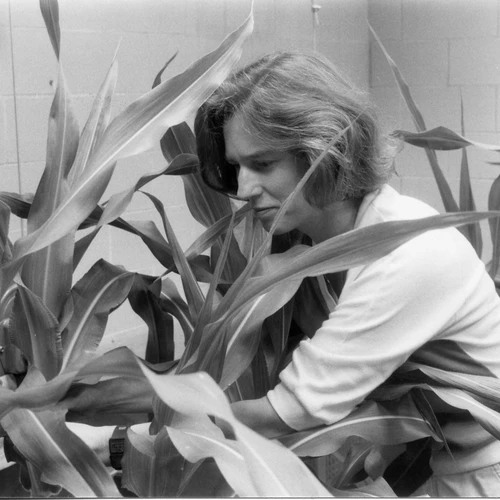
Nina Fedoroff is the first to clone and characterize maize transposons, or "jumping genes." With this pioneering work, Fedoroff advanced with molecular methods the genetic discoveries that Carnegie geneticist Barbara McClintock had made decades earlier.
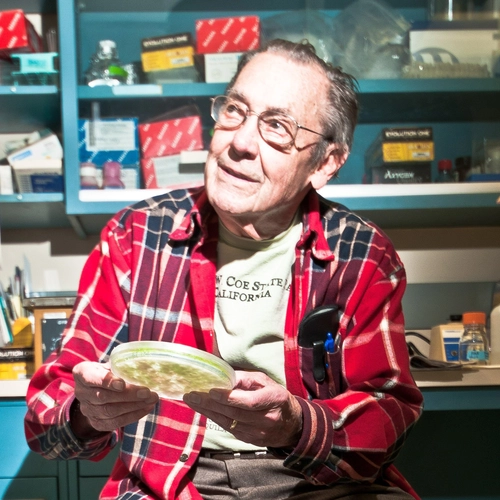
Winslow Briggs' lab identifies blue-light receptor for phototropism, named phototropin, which orients a plant toward blue wavelengths. This discovery represented a crucial step in understanding how plants grow and how that growth is regulated by light.
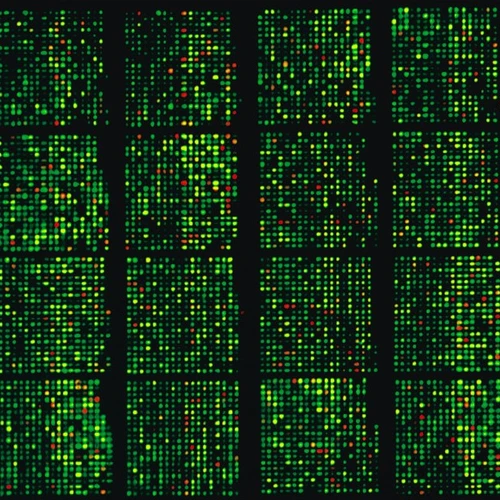
The genome of plant Arabidopsisis completed by a team of scientists, including Carnegie plant biologists.
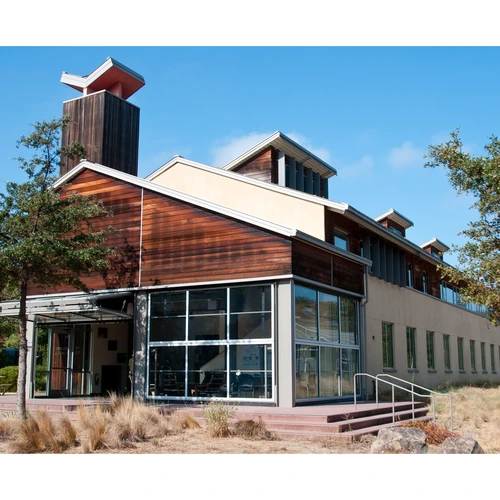
Carnegie establishes the Department of Global Ecology, the first new department in 70 years. The department's mission focuses on understanding the ways that biological, physical, and human factors interact to shape the Earth's ecosystems.
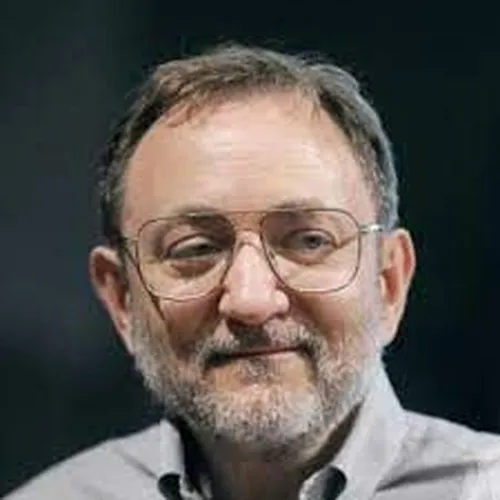
Andrew Fire wins Nobel Prize for his discovery of RNA interference.
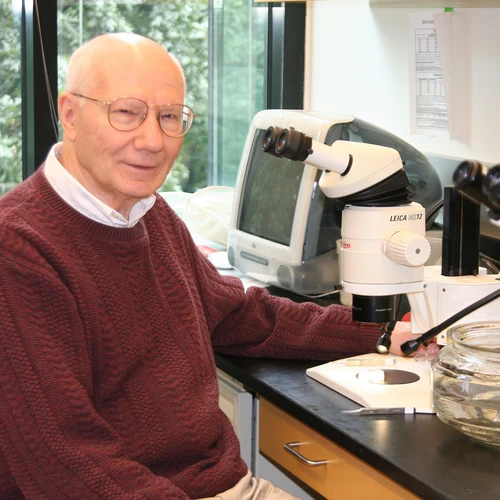
Joseph Gall is awarded the Lasker Special Achievement Award in Medical Science in recognition of his distinguished career as a founder of modern cell biology and the field of chromosome structure and function, and his championing of women in science.
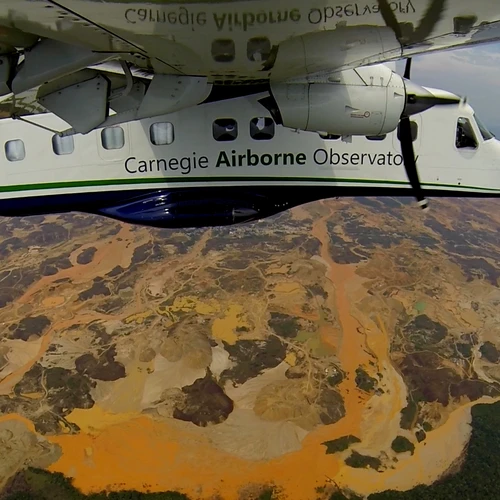
The Carnegie Airborne Observatory flying laboratory is launched, opening a new, high-resolution window on the changing composition of our land and ocean environments.
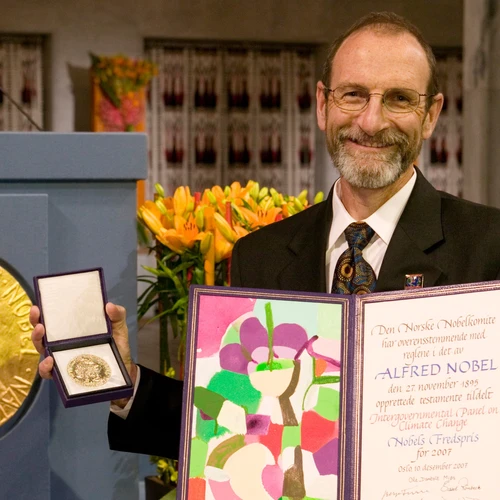
Chris Field heads up the UN's Intergovernmental Panel on Climate Change Working group II, which looked at impacts, adaptation and vulnerability from climate change. He was selected as a member of the group to receive the Nobel Prize alongside Al Gore.
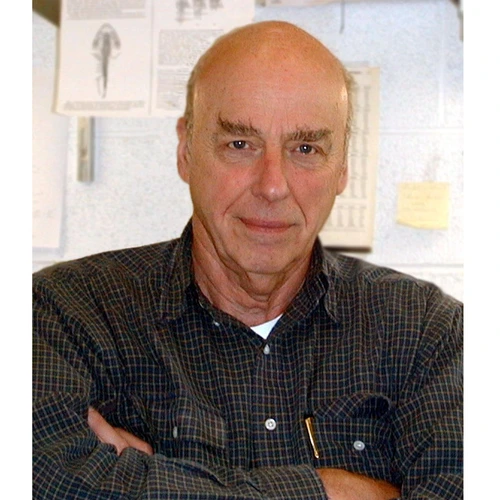
Donald Brown wins the Lasker-Koshland Award for "exceptional leadership and citizenship in biomedical science-exemplified by fundamental discoveries concerning the nature of genes; and by selfless commitment to young scientists.
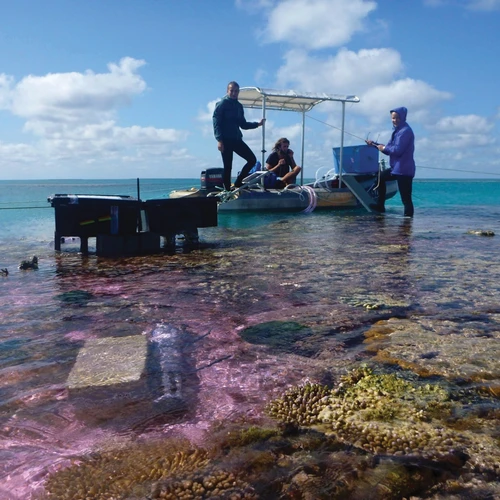
Ken Caldeira and colleagues' study of ocean acidification provides evidence that deep cuts in carbon dioxide emissions are required to prevent the coral reefs from around the world from dying off.
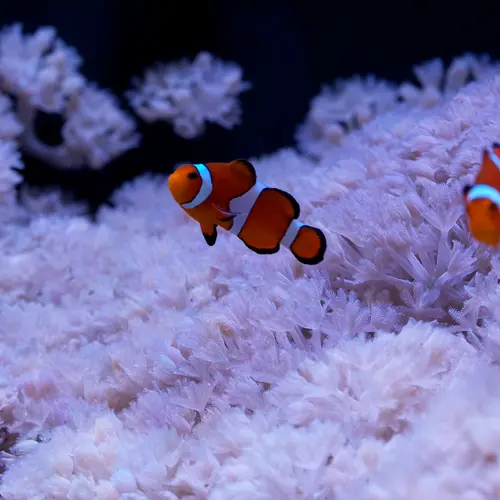
The Carnegie coral facility is established. The facility enables study of coral symbiosis and work with coral and sea anemone model organisms.
Learn more
The Plant Cell Atlas project is launched. The initiative brought together more than 800 experts to develop a community resource that will comprehensively describe plant cell types, the molecules they manufacture, and the biochemistry that happens in them.
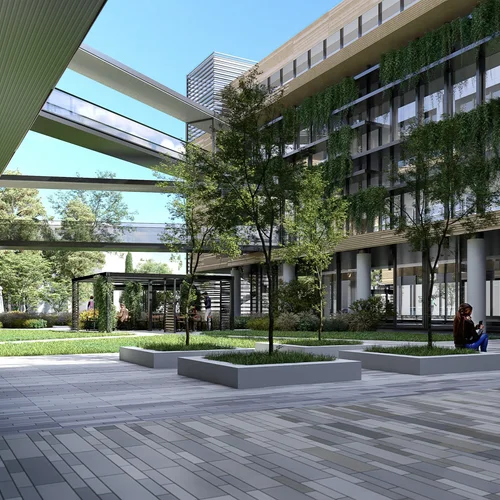
Carnegie President Eric Isaacs announces that the institution will expand its existing relationship with Caltech with a goal of broadening historic collaborations in astronomy and astrophysics and pursuing new opportunities in ecology and plant biology.
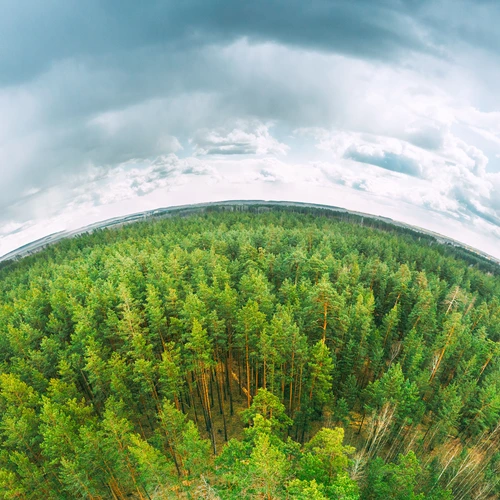
Carnegie launches the Biosphere Sciences and Engineering Division. The division will deploy an integrated, molecular-to-global approach to tackling the challenges of sustainability, resilience, and adaptation to a changing climate.
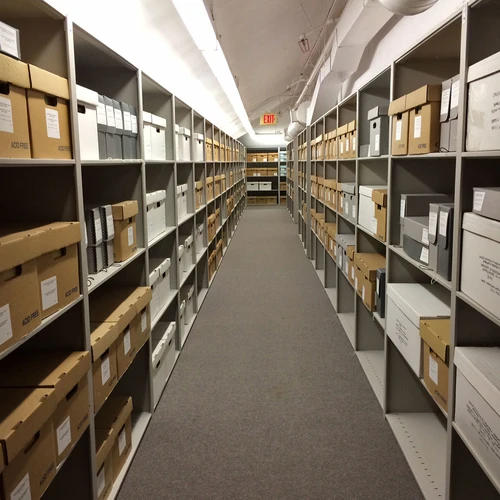
Explore the Carnegie Archives
Carnegie has extensive physical and digital materials documenting our institutional history. Learn about our archival resources or conduct research on our documentary heritage.
Learn more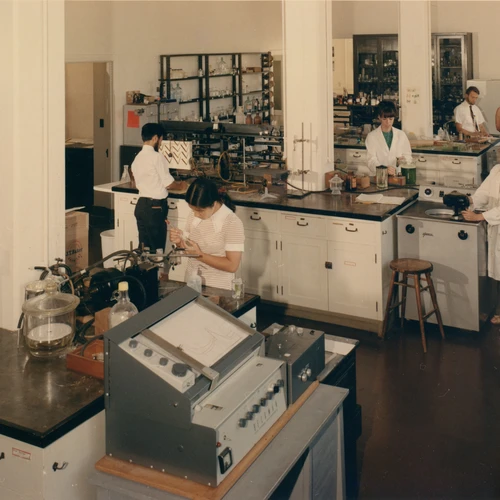
Learn more about Carnegie history
Learn more about the history of Carnegie Science as a pioneering force in basic scientific research and leader in the life and environmental sciences, Earth and planetary science, and astronomy and astrophysics.
Learn more